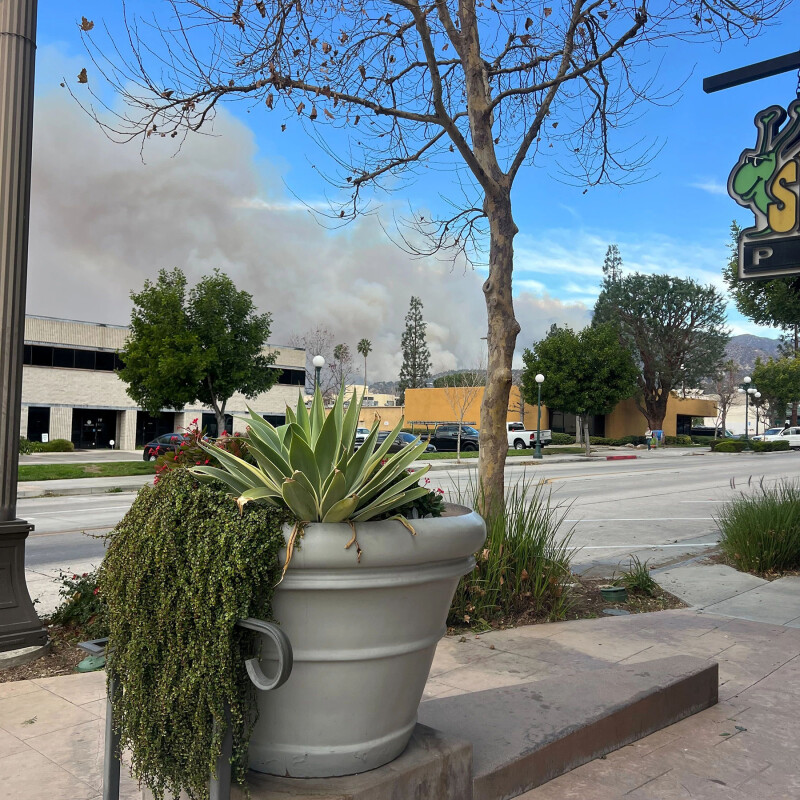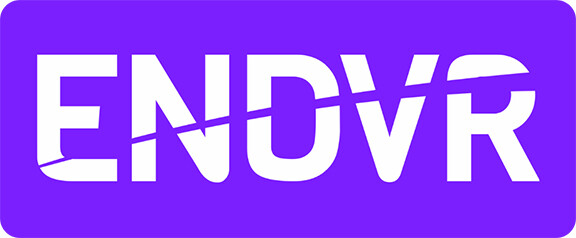Everyone talks about sustainability in the outdoors and running industries. Customers want to feel better about their environmental impact — and most brands do, too. But there’s also a good deal of greenwashing and it’s important to learn to read between the lines. Still, some brands rise above the others, like Patagonia and prAna. In the running space, among many eco-efforts new-to-running brand Allbirds, Swiss brand On and of late, ASICS, with an everyday circular trainer, fit this bill.
Often left out of the conversation are the retailers, so we have to ask: What is their role in sustainability? REI, which in recent years has made a deep dive into the running arena, says it has an answer to this.
The company placed its sustainability efforts front and center in 2018, when it launched its Product Impact Standards. With defined brand expectations and preferred attributes, REI began assessing the practices of more than 1000 brand partners. The company admits it cannot ensure 100 percent compliance of those standards, but it has used effective reporting on the results and continued standards updating to shape a conversation — and most importantly, higher expectations.
“We believe that every time we sell a product, it’s a chance to connect the brand to a better way of doing business and supporting the outdoors,” Andrew Dempsey, director of climate for REI, tells Running Insight. “From a sustainability standpoint, the impact standards guide how we think about that.”
Efforts in Running
In the running space, REI attempted to lead the way with its Swiftland Multi-Trail running shoe in 2023. To create a sustainable shoe, REI partnered with Bloom, a company that cleans lakes and waterways of harmful algae blooms and recycles them into various compounds. Together, REI and Bloom created a foam-blend midsole consisting of 10 percent algae and an insole made up of 30 percent algae. The upper knit consisted of recycled plastic bottles. The company stopped making its own branded shoes, however, at the end of last year.
Its Swiftland clothing line still exists and running customers can find anything from Hoka and La Sportiva to Topo Athletic and On under its roof. The company also added dedicated floor space to create in-store running “shops” within the walls of stores in Washington, D.C., several California locations, Chicago and L.A.
With more focus on partners’ brands, both in running and elsewhere, REI’s Product Impact Standards include both brand expectations and preferred attributes. Both focus on the management of key environmental, social and/or animal welfare products. REI expects each brand partner to meet its list of expectations. When it comes to preferred attributes – which are voluntary – the company likes to see leading certifications and material types that are “most effective in advancing sustainability and driving positive impacts.” For those brands who comply, REI highlights the attributes to its customers.
The retailer’s Product Impact Standards program is now on its third iteration, receiving its most recent update (version 3.2) in December, 2024. This was a relatively minor update, according to Dempsey, but changes included its efforts to pursue the new Climate Label standard, which will encourage brand partners to create and deploy a climate transition budget towards qualifying emissions reduction projects within their own value chains and beyond.
“This is an exciting opportunity for brands to talk about the impact they’re having from a different perspective,” says Dempsey. “We think the label will provide an easier way to communicate to customers who look at sustainability in a 360-degree way.”
Another update to REI’s standards is a lens pointed at chemicals management. Here, REI has updated requirements from its brands to align with new state laws governing the use of “forever chemicals,” or PFAS.
Measuring Progress
REI recognizes that to get all brands on board with its Product Impact Standards it must lend a hand where needed. “We work closely with our buyers and partners to support them,” says Dempsey. “Some partners are very far along with compliance, while others are just in the beginning stages. In both instances, the standards provide a framework for how we can all do our best.”
Another piece of REI’s Product Impact Standards is diversity and inclusion. Brand expectations under this umbrella include the colorways in wearable products, inclusive product copy and controls aimed at preventing cultural appropriation. At a time when DEI efforts are under attack, the company recently re-affirmed a commitment to those standards.
Statements from CEO Eri Artz and president Mary Beth Laughton included this: “We believe time outside is a human right and should be available, equitable and safe for all. That we have a responsibility to steward our public lands. And that we must do all that’s humanly possible for the long-term health of our planet. These commitments have guided us for our first 86 years and will guide us for the next century as well.”
To best understand how REI and its partners are performing when it comes to sustainability, it issues an annual Impact Report. While it plans to release the 2024 version at the end of April, the 2023 report revealed that the company has achieved a 90 percent waste-to-energy ratio in its distribution centers and is taking steps to do the same at its stores. In 2023, the retailer went bag-free and requested that external brand partners find alternatives to individual plastic bags for shipping.
Also in the 2023 report, REI reported that 63 percent of its sales stemmed from brands that have set a science-aligned emissions reduction target. Additionally, the company has joined forces with several multi-stakeholder initiatives, such as the Outdoor Industry Association Climate Action Corps and the Textile Exchange.
Dempsey says that at the end of the day, REI’s action is rooted in collaboration.
“We’re a co-op and a retailer and we believe we go farther together,” he says. “We’re doing this work to advance the practices we drive as a business. But ultimately, we’re doing it to share learnings with others and to bring them along on the journey.”






